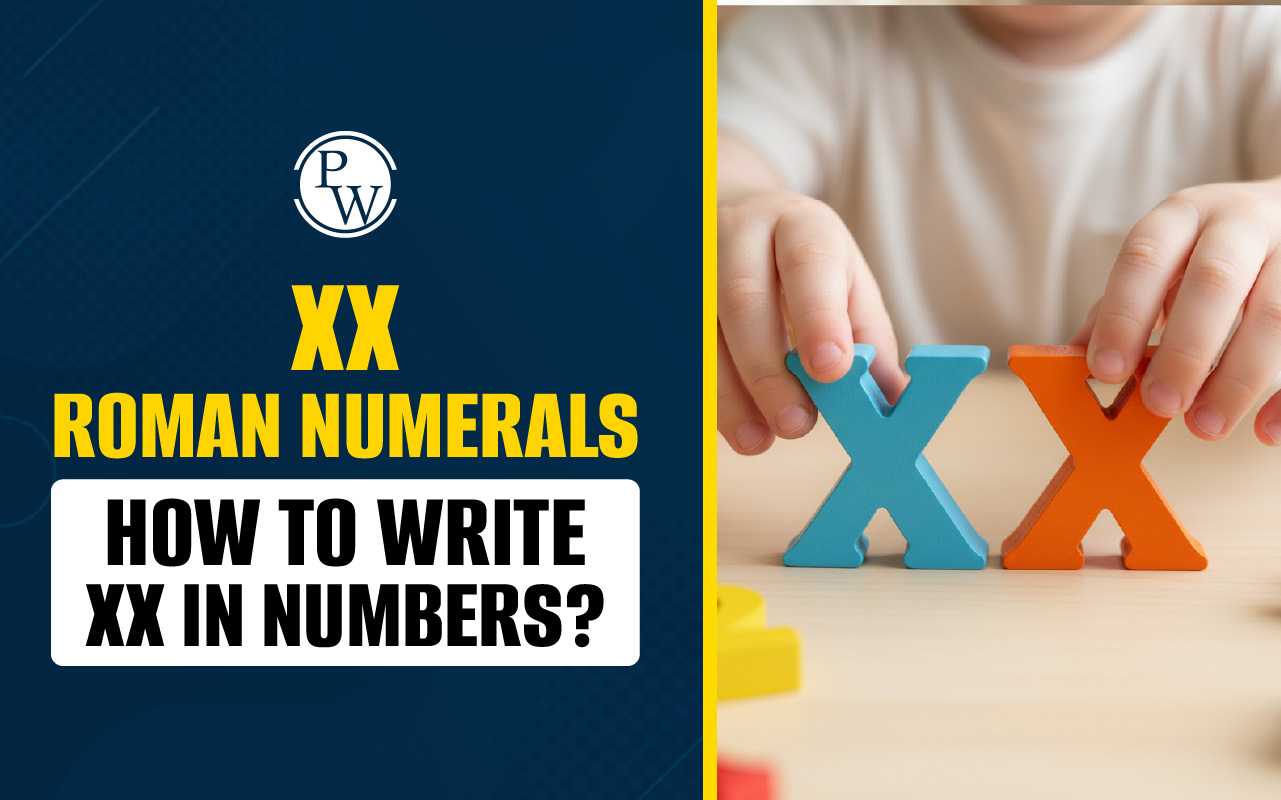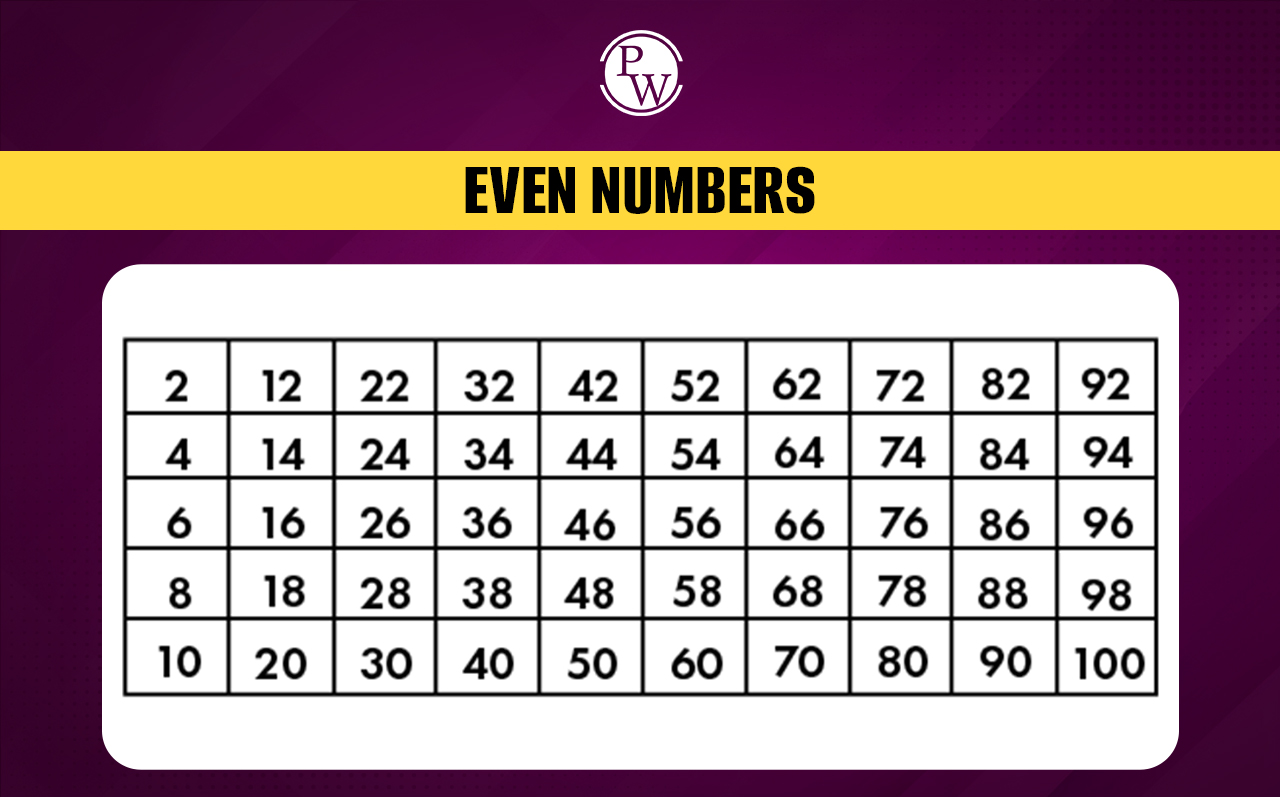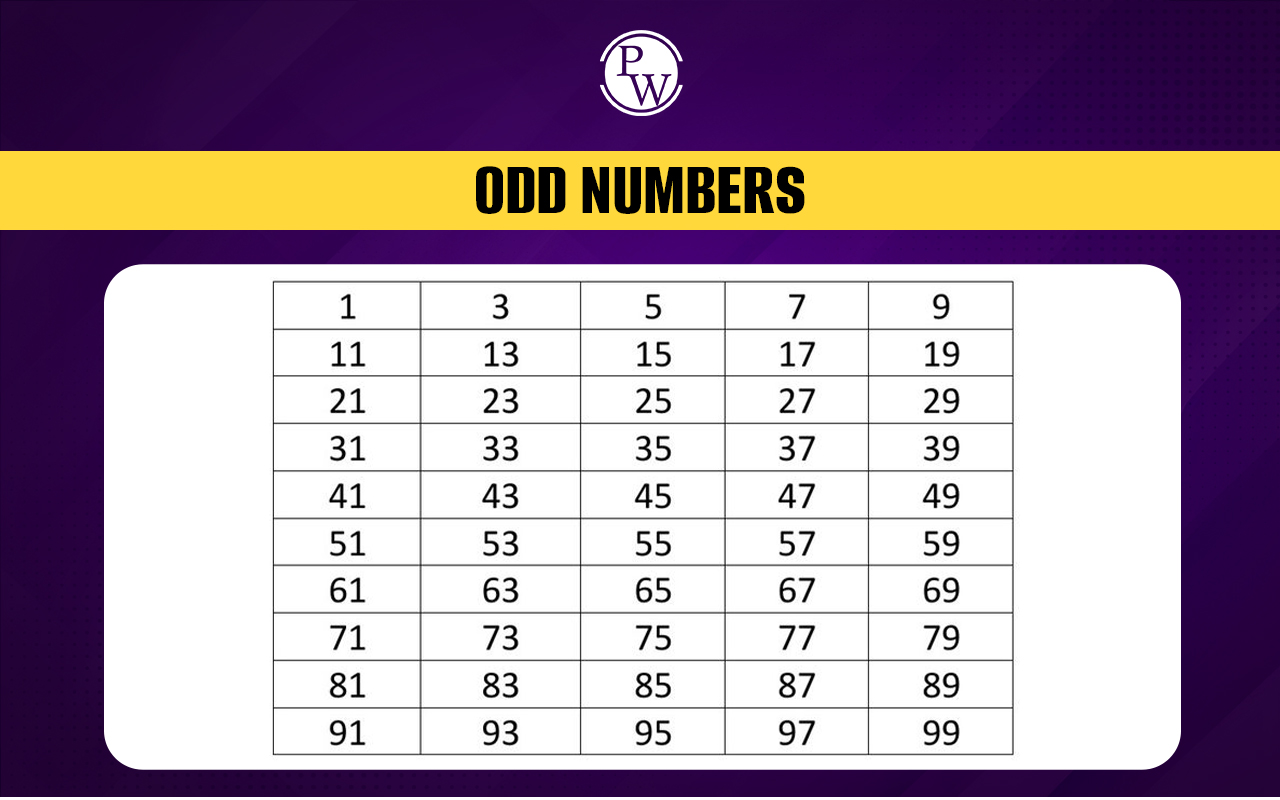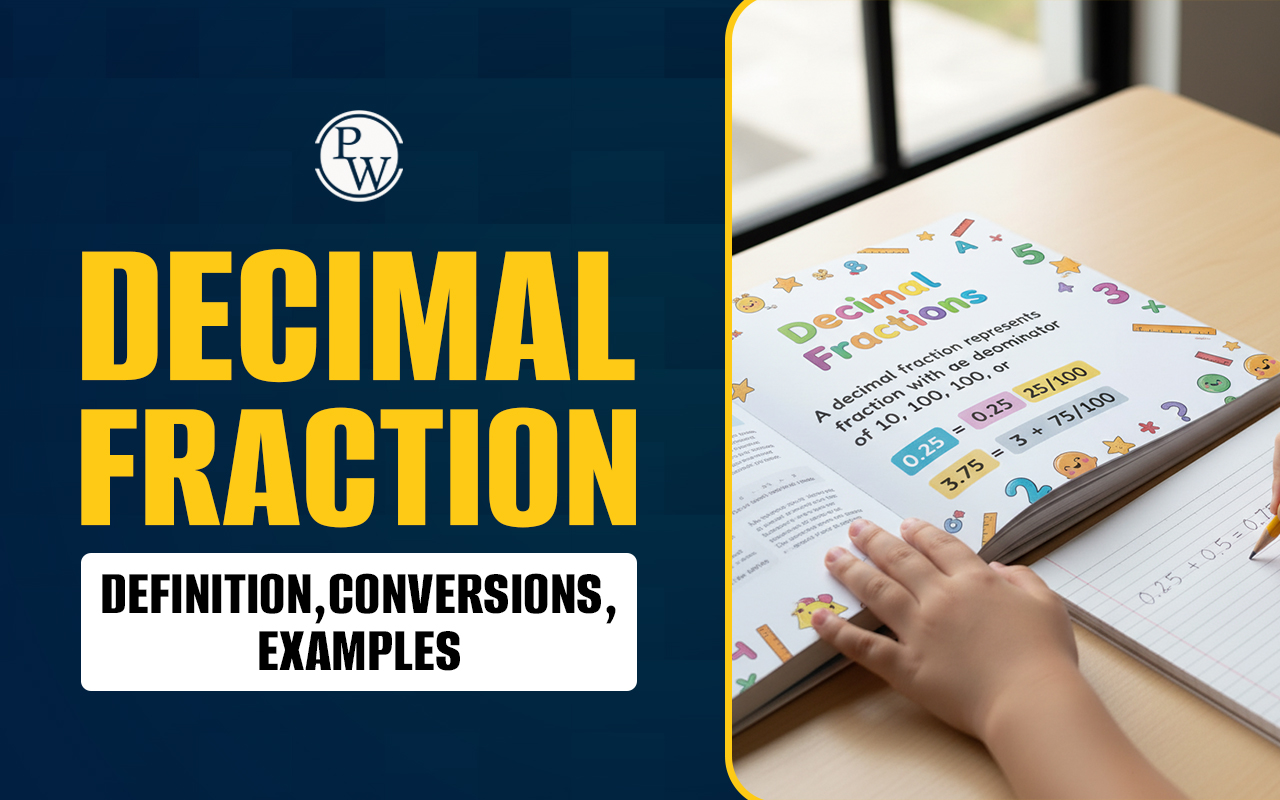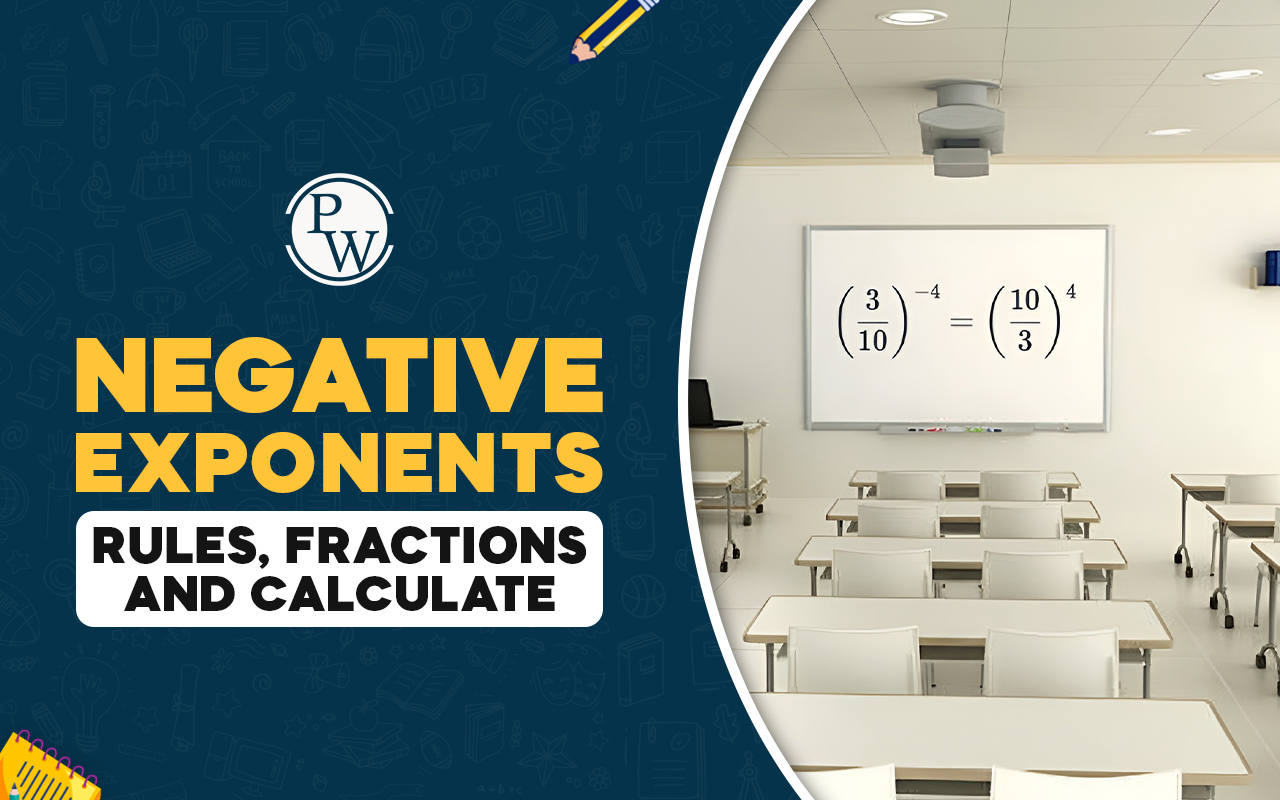
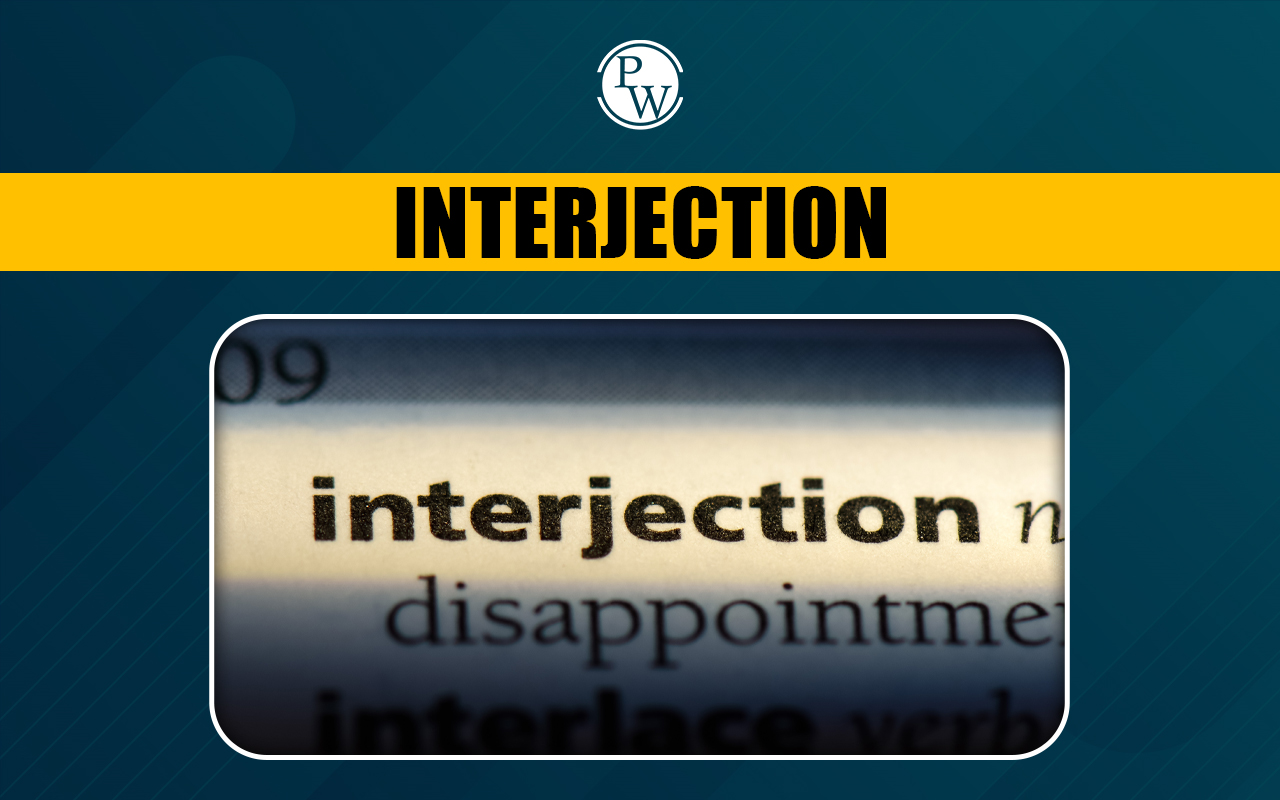
Interjections : Ever felt so excited that only a quick “Yay!” could capture the moment? Or were you so frustrated that a simple “Ugh!” said it all? These spontaneous words are called interjections.
They bring energy and emotion to our communication, helping us express everything from surprise and joy to disappointment and anger. Interjections can make conversations more engaging and written text more expressive. In this blog, we’ll uncover how interjections work, the proper way to use them in sentences, and provide examples of some commonly used ones. Whether you’re new to interjections or just polishing your grammar skills, this guide will give you the tools to use them effectively. [video width="1920" height="1080" mp4="https://www.pw.live/exams/wp-content/uploads/2024/12/Curious-Jr-Ad-3-1-1.mp4"][/video]What Are Interjections?
An interjection is a word, phrase, or sound that is used to express a spontaneous emotion or reaction . They do not require a subject or predicate, which makes them unique in comparison to other parts of speech. Interjections can stand alone as a sentence or be inserted into other sentences to convey the speaker's feelings. These feelings can range from joy , anger , and surprise to pain , disgust , and sympathy . Interjections are often accompanied by punctuation marks like exclamation marks or commas to emphasize the emotion being expressed. They are usually short, but their impact on communication is immediate and noticeable. [video width="1920" height="1080" mp4="https://www.pw.live/exams/wp-content/uploads/2024/10/Courios-jr-Reel-4_Landscape_India-1.mp4"][/video]Definition of an Interjection
An interjection can be defined as:- Oxford Learner's Dictionary : "A short sound, word, or phrase spoken suddenly to express an emotion."
- Merriam-Webster Dictionary : "A word or phrase used in exclamation."
- Cambridge Dictionary : "A word used to show a short sudden expression of emotion."
Examples of Common Interjections
Here are some commonly used interjections with examples :- Yay : Expresses happiness.
- Oops —indicates a mistake.
- Wow : Expresses amazement.
- Ouch : Used for sudden pain.
- Phew : Shows relief.
- Eh : Asks for repetition.
- Oh no : Expresses dismay.
Types of Interjections
The different types of interjections are discussed below:Primary Interjections
These interjections exist solely to convey emotions and don't serve any other grammatical role (e.g., as nouns or adjectives). They express spontaneous reactions like surprise, joy, or disappointment. Examples Wow! You aced the test! Alas! We missed the bus. Usage: These interjections stand alone at the beginning of sentences, adding emotional weight without additional context .Secondary Interjections
These words belong to other parts of speech (such as nouns, adjectives, or verbs) but are used as interjections to express emotions or reactions. Examples Goodness! That’s a lot of paperwork! Indeed! You were correct. Usage: In their original form, these words may serve other grammatical purposes, but when used as interjections, they add emotional emphasi s.Mild Interjections
Mild interjections express softer emotions like curiosity, hesitation, or mild surprise. They are often followed by a comma and create a subtle emotional tone. Examples Oh, I didn’t expect to see you here. Well, I guess we should leave now. Usage: These interjections make communication smoother and more polite, softening the overall tone without overwhelming emotion.Strong Interjections
These interjections express powerful emotions such as happiness, anger, or excitement. An exclamation mark often follows them to convey the intensity of the speaker’s feelings. Examples Yay! We won the game! Bingo! That’s the answer I was looking for! Usage: Strong interjections are often used in moments of high emotion to make the speaker's excitement, frustration, or joy clear and impactfulVolitive Interjections
Volitive interjections are used to give commands, warnings, or requests. These interjections influence the behavior of the listener, either politely or urgently. Examples "Shh! The baby is sleeping. "Ahem! May I have your attention, please? Usage: These interjections help manage conversations or situations by signalling that the listener needs to act or respond.How and When to Use Interjections
Interjections are primarily used to express emotions spontaneously. Here are some key points about how and when to use them:At the Start of a Sentence : When interjections begin a sentence, they are often followed by an exclamation mark or a comma if the emotion is less intense.
- Example : Wow! That’s amazing!
- Example : Oh, I didn’t expect that!
In the Middle of a Sentence : When interjections are inserted into the middle of a sentence, they are usually separated by commas.
- Example : The cake, wow , tastes amazing!
- Example : He finished the race, phew , just in time.
As a Sentence on Its Own : Sometimes, interjections stand alone as a sentence, particularly when expressing strong emotions like surprise or shock.
- Example : Ouch! That really hurt!
- Example : Hurray! We won!
In Conversations : Interjections are commonly used in spoken language or informal writing like emails, text messages, or dialogues.
- Example : Hey! Wait for me!
Avoid Overusing in Formal Writing : While interjections are common in spoken language and informal writing, they are generally avoided in formal writing, such as academic papers or professional emails.
Functions of Interjections in Communication
I nterjections serve multiple purposes in conversations, enhancing communication by conveying emotions, drawing attention, expressing opinions, and providing social cues. Here’s a different way interjections are used in communication:Expressing Emotions
One of the primary uses of interjections is to reflect emotions quickly and directly. They allow speakers to express feelings without needing detailed explanations. These emotions can range from joy, surprise, frustration, or sadness to fear or pain. Examples:- Hurray! We made it to the top.
- Ouch! That hurt!
- Oh no! I forgot my keys.
Grabbing Attention
These interjections effectively capture the listener's attention when the speaker needs to highlight something urgent or important. They often come at the beginning of a statement and signal that the following message requires focus. Examples:- Hey! Look at this,
- Ahem! May I say something?
- Shh! The baby is sleeping.
Expressing Agreement or Disapproval
I nterjections provide a quick way to express approval, disapproval, or disbelief without interrupting the conversation. They allow speakers to convey their opinions instantly, avoiding long explanations. Examples:- Yes! That’s exactly what I meant.
- No way! That can’t be true.
- Bravo! You did a great job.
Providing Social Cues
I nterjections like “well,” “um,” and “hmm” serve as social cues that indicate hesitation, thought, or uncertainty. They help maintain the flow of conversation by signalling that the speaker needs a moment to think or reflect. Examples:- Well, I think we need to reconsider.
- Um, I’m not sure what to say.
- Hmm, let me think about that.
Best Practices When Using Interjections
Here are the best practices to ensure interjections enhance your message without overwhelming the reader: Moderation: O verusing interjections can make your speech or writing seem unprofessional, chaotic, or overly emotional. While they add expressiveness, too many interjections can distract the audience from your main message. In professional writing or formal settings, limit their use to avoid sounding informal or unpolished.- Examples of Overuse: “Wow! This project is amazing! Oh, and by the way, yay! We completed it early!” (This sounds too enthusiastic and may come across as unprofessional.)
- Correct Use: “Wow! This project exceeded expectations.” (One interjection captures excitement without overwhelming the tone.).
- Examples in Informal Settings: “Oops! I forgot to send you the invitation.” (This is appropriate for a casual chat with a friend or colleague.)
- Examples in Formal Settings: Avoid using casual interjections like “Oops” in formal reports. Instead, use a more professional tone: “Unfortunately, there was an error in the report.
- Yay! We finally finished the project. (positive tone)
- Well, I think we need to reconsider our options. ( thoughtful tone)
- Ugh! This traffic is unbearable. (negative tone)
Fun Facts A bout Interjections
- Origins : The word "interjection" comes from the Latin "interjicere," meaning "to throw between." This reflects how interjections are often thrown into conversations to express feelings.
- Cultural Differences : Different languages have unique interjections. For example, English speakers say “Ouch” , while Japanese speakers might say “Itai” to express pain.
- Creative Uses : Interjections are frequently used in comics and dialogues to convey emotions visually and verbally.
Common Mistakes with Interjections
- Using Too Many : Overusing interjections in writing can make your work sound overly informal or even immature. It’s important to use them appropriately, particularly in casual contexts.
- Using Apostrophes with Plurals : A common mistake is to mistakenly add apostrophes when pluralizing interjections, such as “yippee’s” or “wow’s”. Interjections do not take an apostrophe when pluralized.
Test Your Understanding of Interjections
Fill in the blanks with the appropriate interjection:- ______, that’s incredible!
- ______! That hurt so much.
- ______, I finally finished the project!
- ______, I can’t believe this is happening.
- ______! What a beautiful day!
Answers :
- Wow
- Ouch
- Hurray
- Oh no
- Ah
FAQs
How can interjections change the tone of a sentence?
Are interjections always followed by a comma or exclamation mark? Why or why not?
How do interjections differ from other parts of speech?
How can the placement of an interjection in a sentence affect its meaning?


